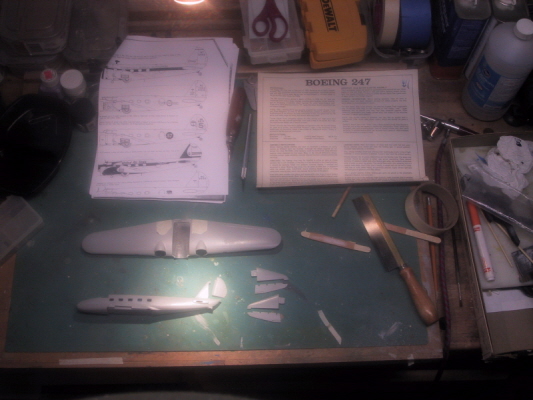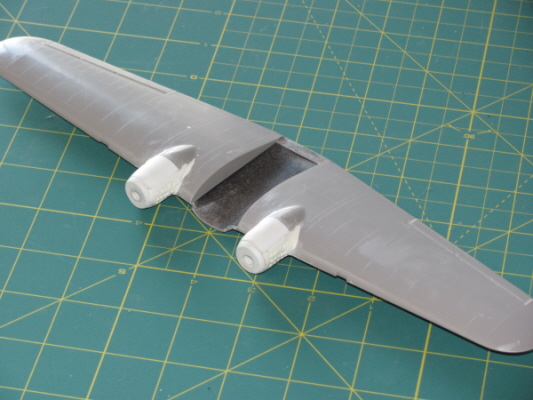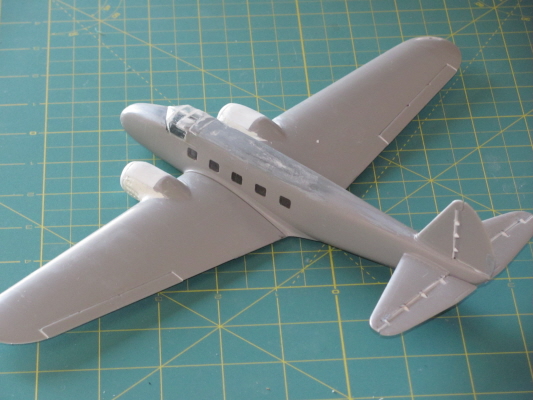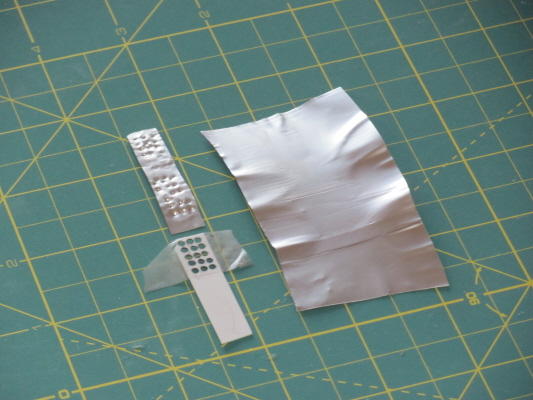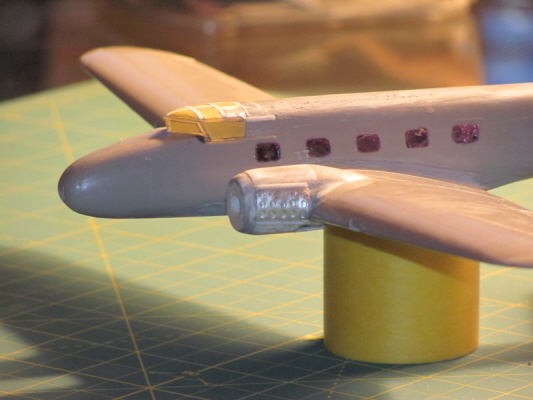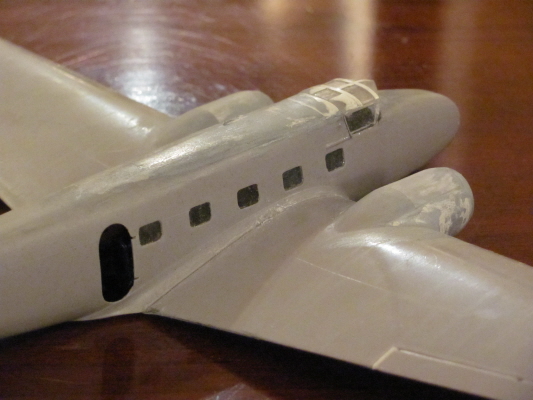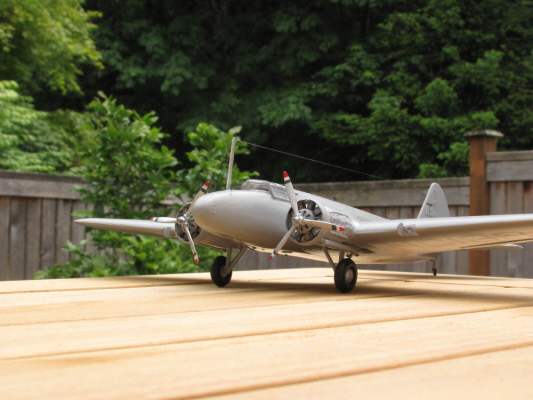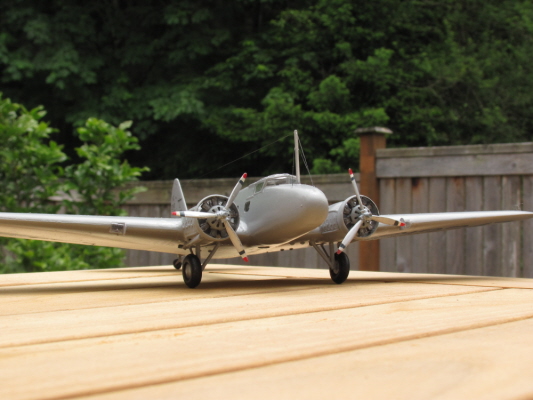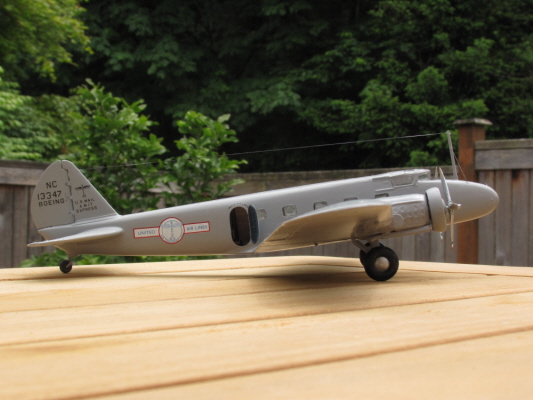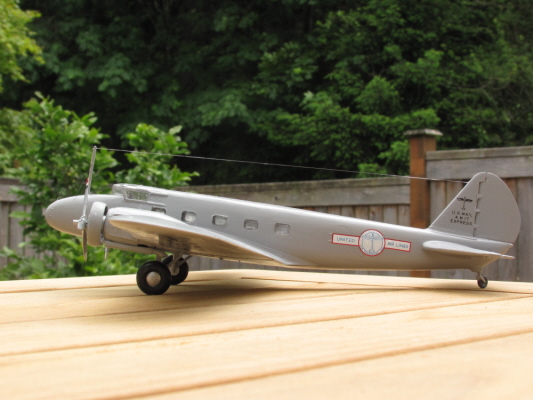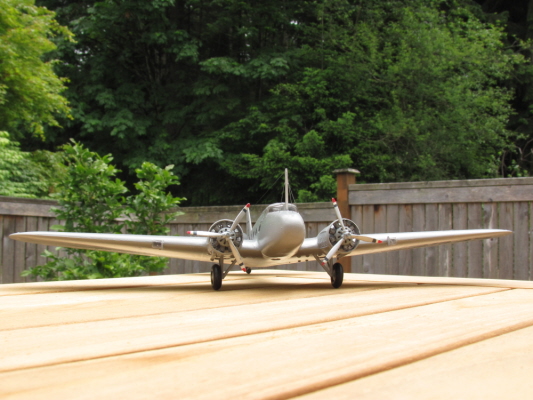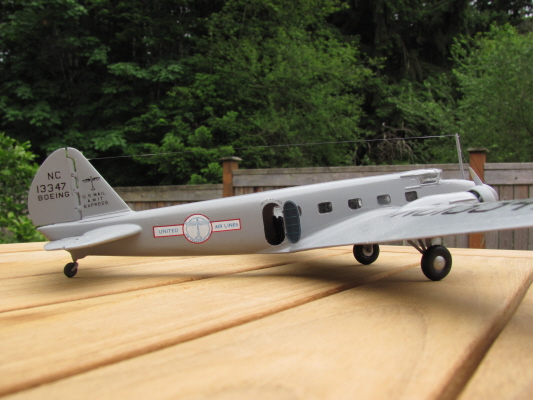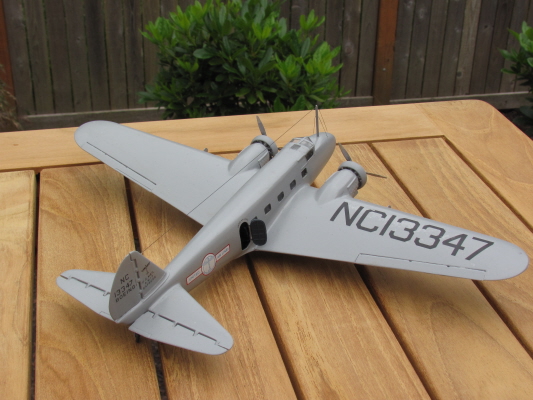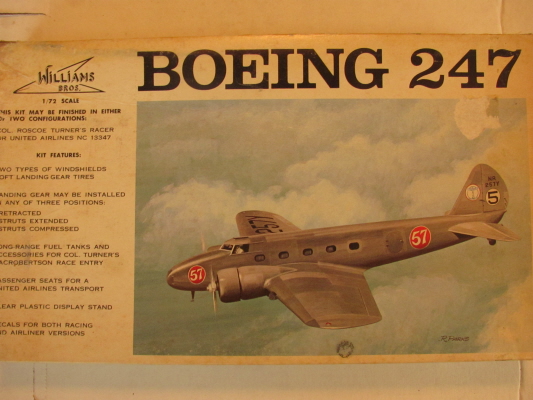
Backdating a 1/72 Williams Brothers Boeing 247
By John Newcome
Background
When it was introduced in 1933, the Boeing 247 was the most advanced passenger aircraft in service. Its design incorporated such innovative features such as all metal monocoque construction, retractable landing gear and auto-pilot to name a few. While it is commonly known as the “First Modern Airliner”, it may also be viewed as one of the most successful financial failures of all time. Boeing never made a profit on the 247 but the lessons learned influenced later Boeing designs like the B-17. The designer of the B-17, Ed Wells, was just beginning his career with Boeing when the 247 was developed.
When the 247 was introduced, the Boeing Conglomerate included Pratt&Whitney, Boeing Aircraft , and United Airlines. The final design for the 247 was a compromise between these three corporate branches of Boeing. It was conceived as a replacement for the Boeing Model 40 for mail delivery, where speed and mail payload were the primary concerns in winning mail contracts. Many within Boeing wanted a larger aircraft to be built. However, those favoring a smaller 10 passenger aircraft ultimately prevailed. Boeing had planned to build a larger passenger aircraft later to replace the aging Model 80’s. Unfortunately the larger passenger aircraft never materialized until after WW2.
When Jack Frye of TWA tried to order the 247 for TWA, United Airlines objected to Boeing selling this aircraft to a competitor. In short, Frye was turned down and was told he would have to wait unil the initial orders primarily for United, Boeing Air Transport and Pacific Air Transport (all owned by Boeing) had been delivered. This prompted Frye to turn to another aircraft manufacturer in
United’s competitive edge lasted for about a year until the DC-3 entered service in 1934. Ironically, United was forced to replace the 247’s on its main routes with the DC-3’s in order to remain competitive. United relegated the 247’s to its feeder routes. Eventually, the 247’s found their niche with smaller regional and Latin American airlines. Many 247’s enjoyed long and distinguished careers in this later capacity. Total production ended in 1934 with 75 aircraft delivered.
The Kit
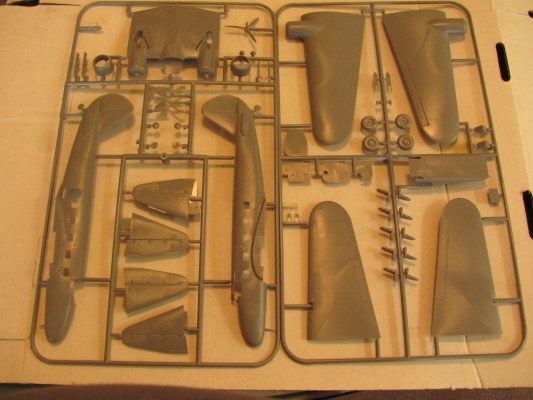
Construction
Construction begins with the cockpit and passenger cabin. It is fairly straight forward and poses no issues other than careful fitting of the bulkheads. After the fuselage was closed, I proceeded to the wings where the bulk of this project takes place.
Conclusions and Recommendations
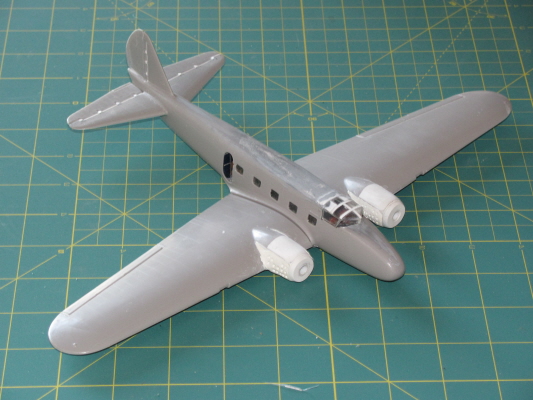
Finally, a big thank you goes out to Jim Schubert. Jim loaned me his personal data file on the 247, provided me with input and encouragement throughout the build and also procured the resin engine parts from CMR. Jim’s help was invaluable.
References
- The Boeing 247 – The First Modern Airliner – F. Robert van der Linden
- Boeing 247 Data File – Jim Schubert Collection
Suppliers
- Czech Master Resin – Resin P&W Wasp engines and Crankcase covers https://www.cmrmodels.co.uk/
- Williams Brothers Models - https://www.williamsbrothersmodelproducts.com/

